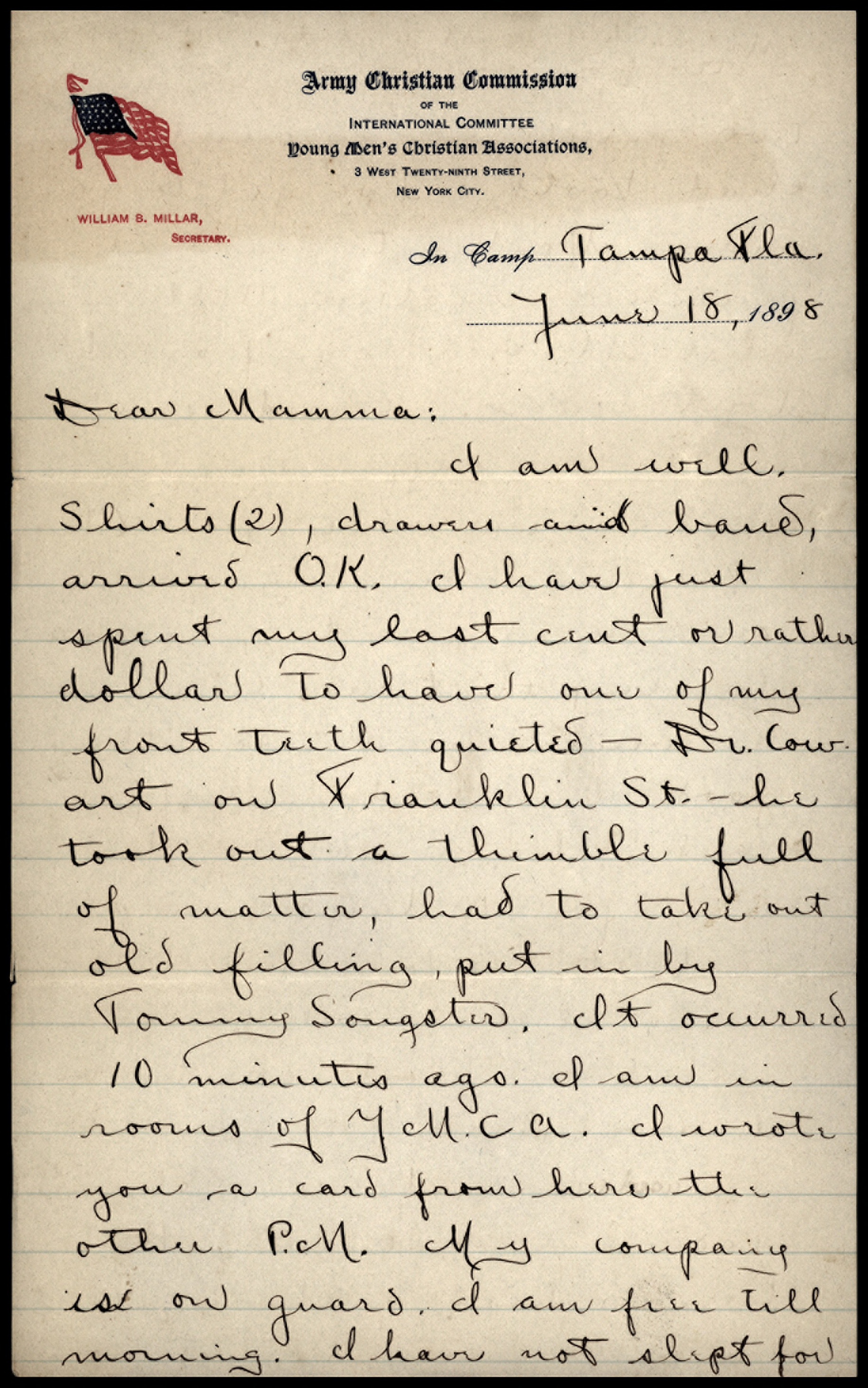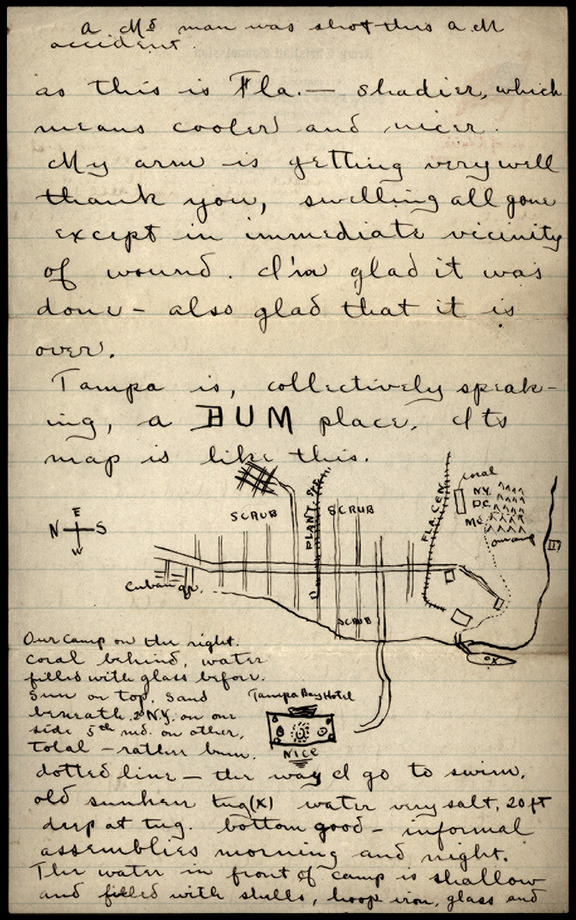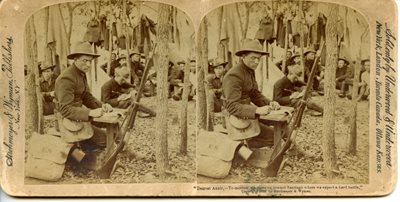Letters from Tampa: Two Spanish-American War Stories
Produced by University of Tampa faculty from the disciplines of Film, History, and Theater, this film was completed by interns participating in the Applied Learning Experience (ALEX) Program. Housed in the UT Office of Undergraduate Research and Inquiry, the ALEX internship initiative pairs multidisciplinary teams of students with local companies to solve real world problems.
SYNOPSIS
On display in the Henry B. Plant Museum, the letters of Henry A. Dobson paint a vivid portrait of life in Tampa during the Spanish-Cuban-American War. One of thousands of soldiers who crowded the small port community while awaiting transport to Cuba, the twenty-year-old volunteer sergeant lost his enthusiasm for war after weeks of hunger, heat, homesickness, as well as boredom and bouts of illness.


A graduate of the Bridgeport Hospital School of Nursing, American Red Cross Nurse Catherine Pilgard arrived in Tampa on July 5, 1898. While her party of Red Cross Nurses waited for orders to depart for Cuba, she experienced both the luxury of Henry B. Plant’s hotels and the complete lack of supplies and sanitary conditions needed to treat soldiers suffering from epidemic disease on Picnic Island.

“Letters from Tampa: Two Spanish-American War Stories” weaves these two eyewitness accounts together with historical reenactments, period photographs, and stereoscope cards from the Henry B. Plant Museum Archives. Their stories put human faces on the harsh realities confronted by soldiers in 1898, including supply shortages, contaminated beef, and deadly fevers. When the military conflict ended, combat had claimed the lives of 345 U.S. soldiers, but yellow fever and typhoid had killed over 2,500.
Film CREDITS
Still images courtesy of:
Harvard College Library, Theodore Roosevelt Collection
Henry B. Plant Museum Collection
Library of Congress Prints and Photographs Division, Cabinet of American Illustrations Collection, Detroit Publishing Company Photography Collection, and Stereoscope Cards Collection
Naval History and Heritage Command Photo Archive
State Library and Archives of Florida, General Collection
U.S. National Library of Medicine, Digital Collections
Letters of Sgt. Henry Dobson, courtesy of Henry B. Plant Museum Collection
Remembrances of Catherine Pilgard and Beatrice Van Homrigh, National Archives and Records Administration, Records of the Office of the Surgeon General